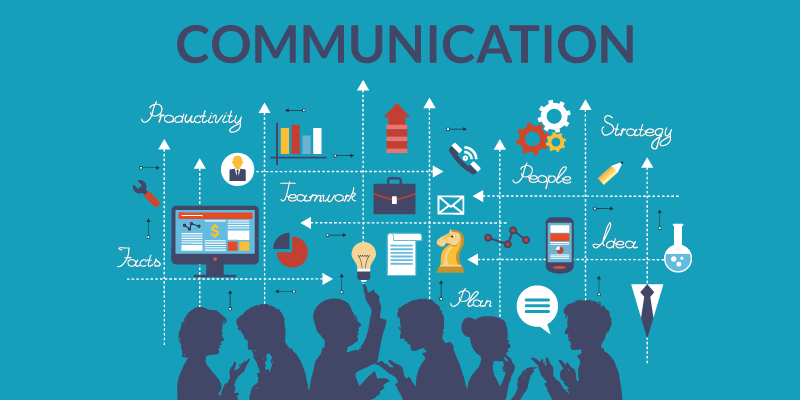

So, it’s important to be careful of how you use gestures to avoid misinterpretation.Įye contact. While the “OK” sign made with the hand, for example, usually conveys a positive message in English-speaking countries, it’s considered offensive in countries such as Germany, Russia, and Brazil. However, the meaning of some gestures can be very different across cultures. You may wave, point, beckon, or use your hands when arguing or speaking animatedly, often expressing yourself with gestures without thinking. Gestures are woven into the fabric of our daily lives. This type of nonverbal communication includes your posture, bearing, stance, and the subtle movements you make. The way you move and carry yourself communicates a wealth of information to the world. Consider how your perceptions of people are affected by the way they sit, walk, stand, or hold their head. The facial expressions for happiness, sadness, anger, surprise, fear, and disgust are the same across cultures.īody movement and posture.

And unlike some forms of nonverbal communication, facial expressions are universal. The human face is extremely expressive, able to convey countless emotions without saying a word. The many different types of nonverbal communication or body language include:įacial expressions.

Source: The Importance of Effective Communication, Edward G. Pounding the table, for example, can underline the importance of your message. Accenting: It may accent or underline a verbal message.As a boss, if you pat an employee on the back in addition to giving praise, it can increase the impact of your message. Complementing: It may add to or complement your verbal message.For example, your facial expression often conveys a far more vivid message than words ever can. Substitution: It can substitute for a verbal message.Contradiction: It can contradict the message you’re trying to convey, thus indicating to your listener that you may not be telling the truth.Repetition: It repeats and often strengthens the message you’re making verbally.Nonverbal communication can play five roles: If you want to become a better communicator, it’s important to become more sensitive not only to the body language and nonverbal cues of others, but also to your own. When they don’t, they can generate tension, mistrust, and confusion. When your nonverbal signals match up with the words you’re saying, they increase trust, clarity, and rapport. Your nonverbal communication cues-the way you listen, look, move, and react-tell the person you’re communicating with whether or not you care, if you’re being truthful, and how well you’re listening. The importance of nonverbal communication However, by improving how you understand and use nonverbal communication, you can express what you really mean, connect better with others, and build stronger, more rewarding relationships. Since body language is a natural, unconscious language that broadcasts your true feelings and intentions, they’ll likely choose the nonverbal message. When faced with such mixed signals, the listener has to choose whether to believe your verbal or nonverbal message. If you say “yes” while shaking your head no, for example. If you say one thing, but your body language says something else, your listener will likely feel that you’re being dishonest. In some instances, what comes out of your mouth and what you communicate through your body language may be two totally different things. Even when you’re silent, you’re still communicating nonverbally. These messages don’t stop when you stop speaking either. They can put people at ease, build trust, and draw others towards you, or they can offend, confuse, and undermine what you’re trying to convey. All of your nonverbal behaviors-the gestures you make, your posture, your tone of voice, how much eye contact you make-send strong messages. Whether you’re aware of it or not, when you interact with others, you’re continuously giving and receiving wordless signals. Body language is the use of physical behavior, expressions, and mannerisms to communicate nonverbally, often done instinctively rather than consciously.
How to communicate what you mean professional#
While the key to success in both personal and professional relationships lies in your ability to communicate well, it’s not the words that you use but your nonverbal cues or “body language” that speak the loudest.
How to communicate what you mean how to#
Here’s how to read and use body language to build better relationships at home and work. Communication Nonverbal Communication and Body Language Your facial expressions, gestures, posture, and tone of voice are powerful communication tools.


 0 kommentar(er)
0 kommentar(er)
